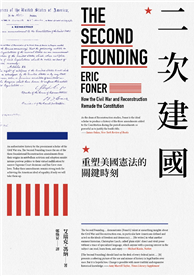This book offers a deep dive into sex education pedagogy in the Australian context, taking a close look at the language used to teach the key topics of consent and respect.
It examines questions students ask, how teachers accommodate different beliefs in their classrooms, and how students learn about more values-based topics including consent, respectful relationships, and gender and sexuality diversity. It also considers what teaching and assessment looks like over the course of a school term and what makes a ’successful’ student. In short it answers the question - how is sex education actually taught?
The Language of Sex Educationprovides the first book-length treatment of the language of sex education, offering a detailed account of pedagogy from the perspective of Systemic Functional Linguistics. The study is situated in the Australian context, though has broader relevance to places such as New Zealand, North America, and the United Kingdom whose sex education is historically and culturally comparable to that of Australia.
The book provides descriptions of the key topics of consent and respect, illustrating how teachers impart technical knowledge and how they support students to adopt and challenge the nuanced values needed when engaging with sex education. It does this through new descriptions of key linguistic resources of technicality and iconization that synthesize the central knowledge and values of the field. Through these descriptions and analyses, this book not only provides a detailed account of sex education pedagogy, but also offers new insights into the role of language in building fields and building communities.
| FindBook |
有 1 項符合
The Language of Sex Education: With Respect to Consent的圖書 |
 |
The Language of Sex Education: With Respect to Consent 作者:Carr 出版社:Bloomsbury Academic 出版日期:2025-01-09 語言:英文 規格:精裝 / 256頁 / 23.39 x 15.6 x 2.54 cm / 普通級/ 初版 |
| 圖書館借閱 |
| 國家圖書館 | 全國圖書書目資訊網 | 國立公共資訊圖書館 | 電子書服務平台 | MetaCat 跨館整合查詢 |
| 臺北市立圖書館 | 新北市立圖書館 | 基隆市公共圖書館 | 桃園市立圖書館 | 新竹縣公共圖書館 |
| 苗栗縣立圖書館 | 臺中市立圖書館 | 彰化縣公共圖書館 | 南投縣文化局 | 雲林縣公共圖書館 |
| 嘉義縣圖書館 | 臺南市立圖書館 | 高雄市立圖書館 | 屏東縣公共圖書館 | 宜蘭縣公共圖書館 |
| 花蓮縣文化局 | 臺東縣文化處 |
|
|
圖書介紹 - 資料來源:博客來 評分:
圖書名稱:The Language of Sex Education: With Respect to Consent
內容簡介
|










